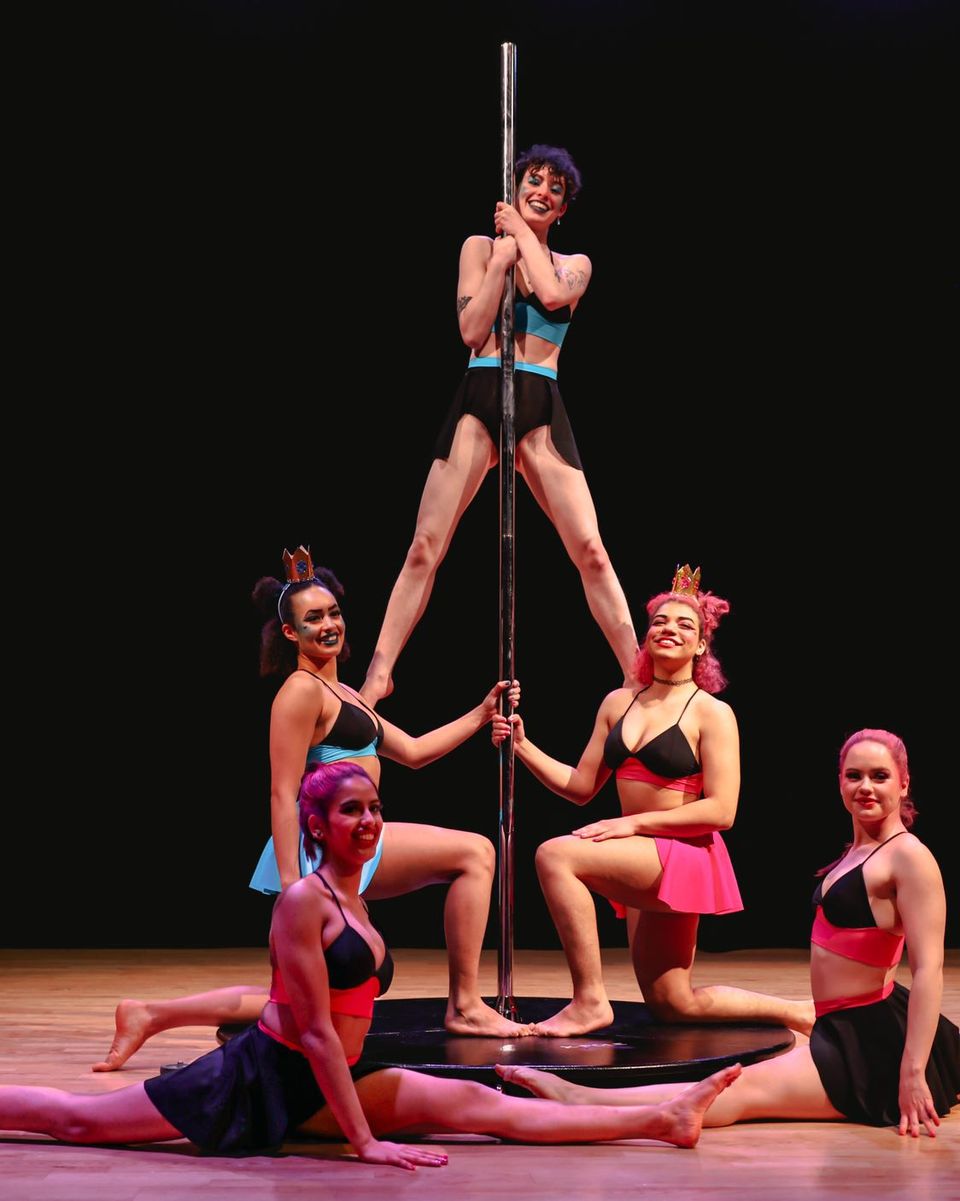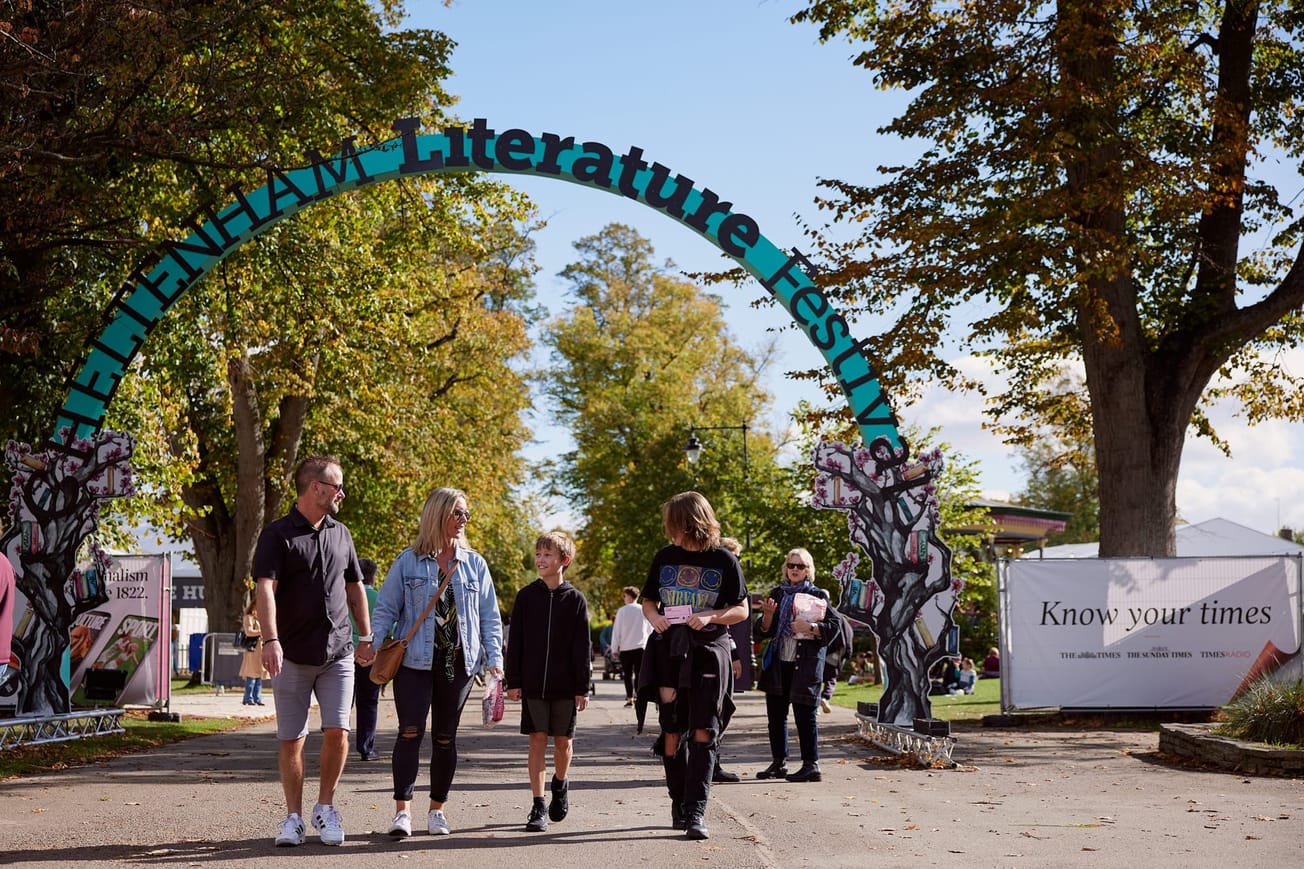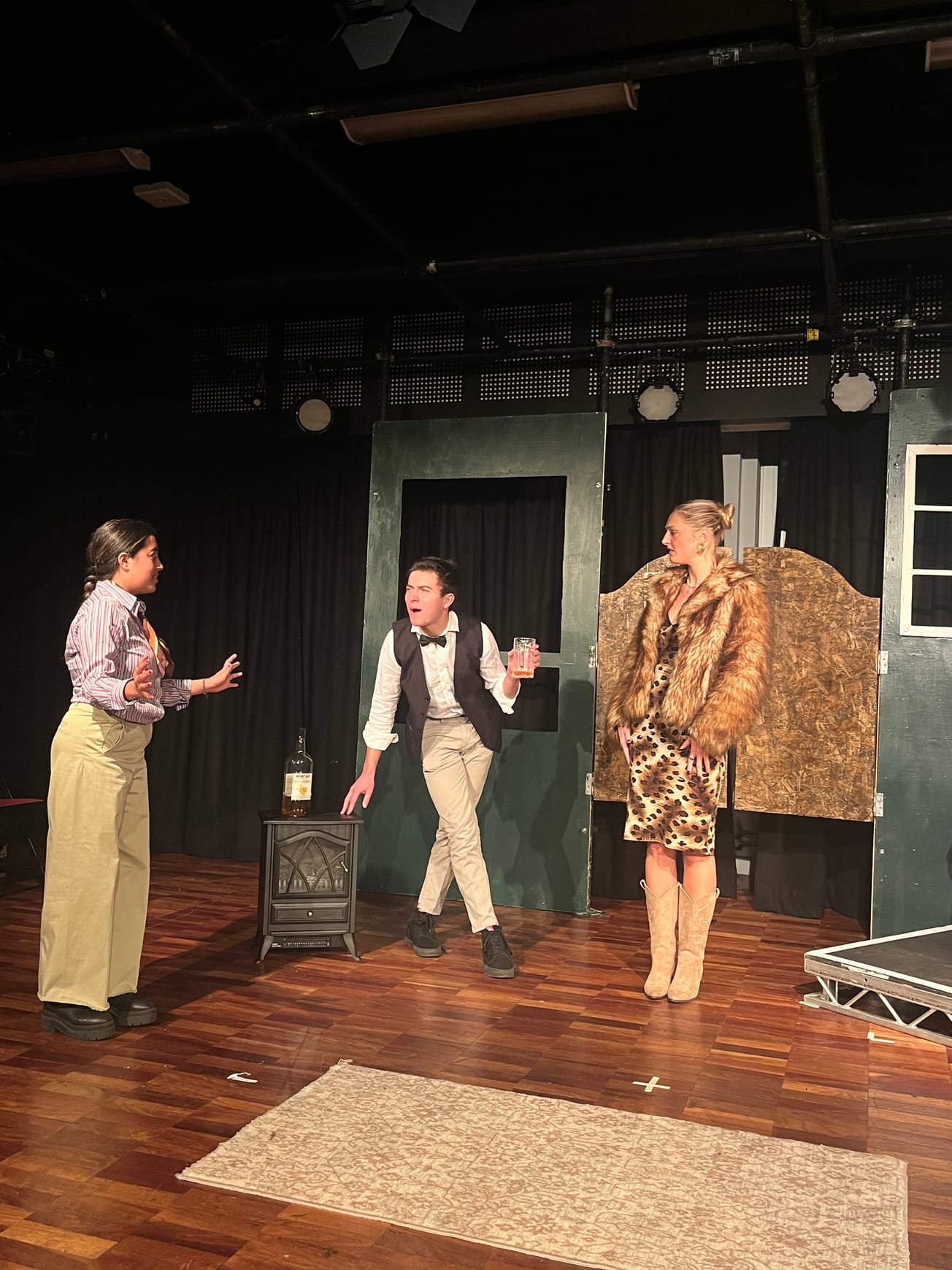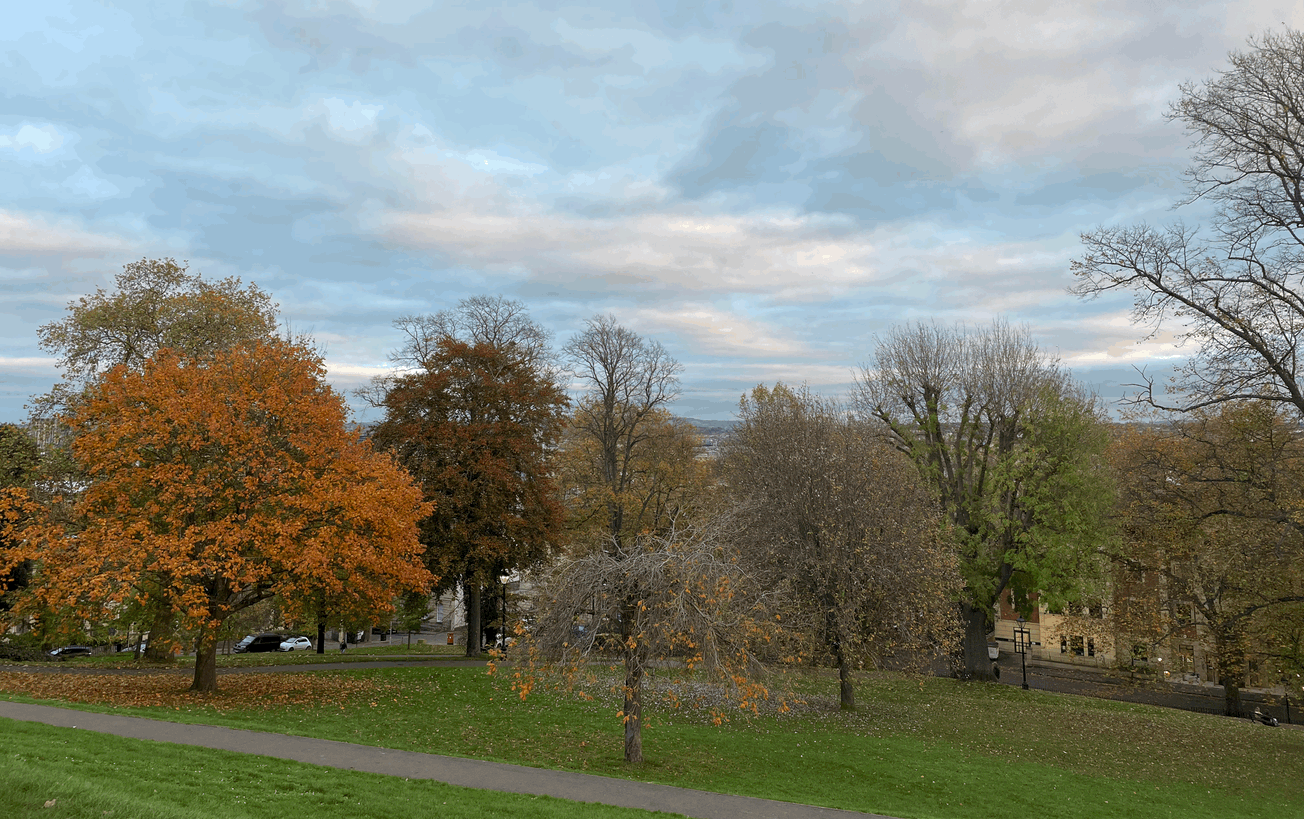By Milan Perera, Arts Critic Columnist
Pole dancing and aerial acrobatics, once considered taboo and confined to the realms of adult entertainment establishments and strip clubs, have undergone a remarkable transformation in recent years. Today, these activities are increasingly recognised as expressions of fitness and artistry, with growing numbers of people from all genders and backgrounds taking part in classes and competitions around the country.
The origins of pole dancing and aerial acrobatics can be traced back to traditional circus performances and the art of Chinese pole climbing. However, it was not until the 1980s and 1990s that pole dancing began to emerge as a distinct form of entertainment associated with strip clubs, with performers using the pole as a prop for their routines. Aerial acrobatics, on the other hand, developed in the circus world as a way to showcase impressive feats of strength and flexibility.
Despite the stigma attached to pole dancing and aerial acrobatics as forms of entertainment, a growing number of people began to recognise the physical and artistic potential of these activities. As a result, pole and aerial classes began to emerge, offering a unique way to build strength, flexibility and confidence.
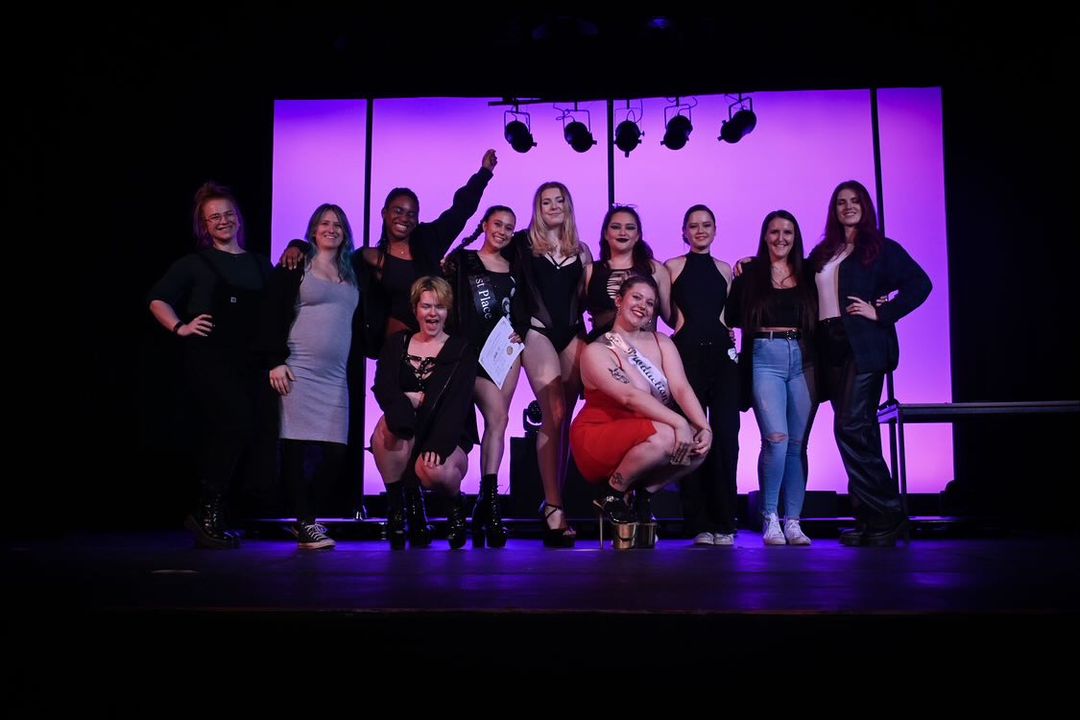
Covid-19, resulting in nationwide lockdowns, saw a resurgence of pole and aerial routines in domestic spaces where installing a metal pole in a living room proved to be both a creative and effective way to remedy the closure of gyms and dance studios. Many novices were initiated into the pole and aerial world who have subsequently kept up with the newly found pastime even after the lockdown. It has reported that Hollywood A-listers such as Jennifer Aniston, Kate Hudson and Emma Roberts are keen practitioners of pole dancing routines for fitness and stamina.
Today, pole dancing and aerial acrobatics have evolved into highly respected disciplines, with numerous competitions and events taking place around the world. The International Pole Sports Federation (IPSF) was established in 2009 and holds the World Pole Sports Championships annually, while UK Professional Pole Championships (UKPPC) celebrates the excellence of pole and aerial dance in the UK. These competitions showcase the incredible athleticism, artistry and creativity of pole and aerial dancers, and have helped to bring these activities from the fringes to the mainstream. To discuss more on these topics Epigram had the privilege of catching up with Chloé Fowler, President of the University of Bristol Pole and Aerial Arts Society.

University of Bristol Pole and Aerial Arts Society provides a unique space for both amateur and seasoned performers to hone their skills with access to a partner studio that offers lessons from qualified instructors in pole, aerial hoop and aerial silks. They take part in annual tournaments such as South-West Pole Varsity Championship where they put on critically acclaimed performances. When I asked Fowler what does pole and aerial mean to her personally, she elaborated that:
‘Pole and aerial can mean so many different things to so many people. To me, it means complete freedom. Freedom to be myself, to express myself, and to embrace myself. It provides me a creative outlet to explore my inner-most thoughts and feelings in a physical manifestation. It has helped me take steps towards healing my relationship with myself and my body. It also means reclaiming my sexual and sensual energy as a human; something that femme-presenting people are told to hide time and again.’
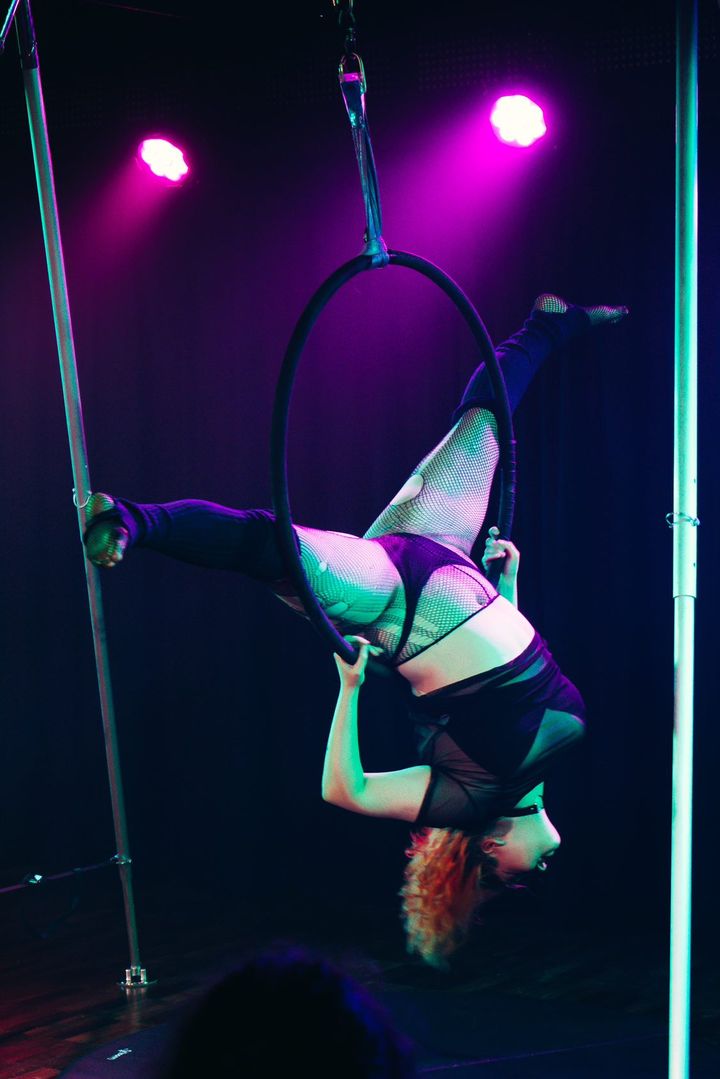
Bristol had its fair share of controversy surrounding adult entertainment venues that feature pole and aerial dance, which led to a public consultation in 2021 for a proposed ban. There were 6,273 responses to the consultation and the results showed that a staggering eighty-six per cent of respondents ‘disagreed or strongly disagreed’ with the introduction of the ban. At the face of these statistics, I asked Fowler whether she has observed a significant shift in public perception of pole and aerial dance.
Fowler responded:
‘I personally feel like there has been a lot of positive progress in the public perception of pole dance and aerial arts. More specifically about pole dancing. Many people are beginning to understand that there are so many types of dances and art style, and that it means many different things to many different people. Unfortunately, there is still a lot of stigma and misconception surrounding pole dance.’
Despite the progress that has been made in recent years, pole and aerial still face challenges in the mainstream culture. However, as more and more people discover the physical and artistic potential of these activities, it seems likely that pole dancing and aerial acrobatics will continue to gain more acceptance in the years to come.
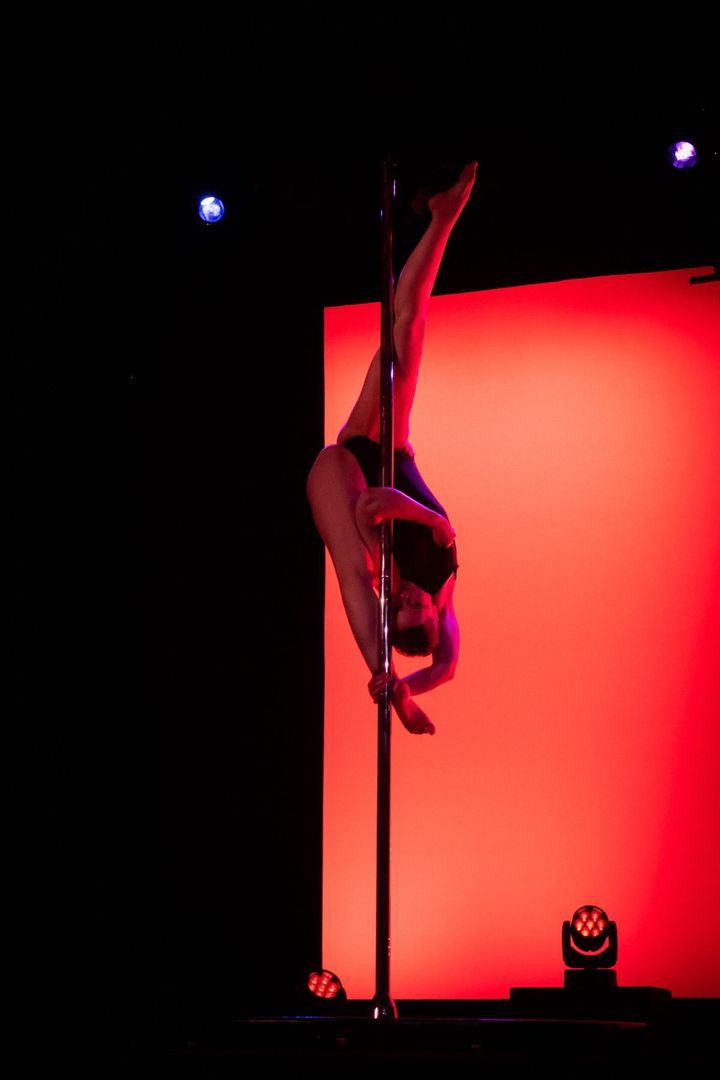
We could not help but talk about the ‘elephant in the room’; pole and aerial dance has long been associated with the male gaze, a term that refers to the objectification of women's bodies for the pleasure of male viewers. When I asked her about these long-held accusations of the objectification of women associated with pole and aerial dance she emphatically pointed out the origins of modern pole and aerial tradition and the need to acknowledge those roots.
‘It is imperative that this is always acknowledged, both from the public and people within the pole community, too. Unfortunately, many people who do pole try to distance themselves from this reality: that their sport/art form essentially comes from sex work. This is not something to be ashamed of! We should honour these roots.’
She further pointed out that:
‘Many people use pole and aerial as a form of expression and exploration. What people choose to do with their bodies - how they move, what they show - is up to the individual. It is fundamentally a human choice, to do what they want with their body. How can it be demeaning when the people performing the art actively choose to do so? And though many people in the pole and aerial communities are femme presenting or identify as a woman, it is a space for all genders and identities. It is one of the wonderful aspects of pole and aerial: it allows anyone to express themselves however they wish to do so!’
One of the notable changes in the pole and aerial dance community is the increasing participation of people of all genders. While pole and aerial dance were traditionally associated with women, more and more men, non-binary individuals, and people of diverse gender identities are now actively participating in and embracing these art forms. This shift has challenged the traditional notions of gender norms and has fostered a more inclusive and diverse community that celebrates the expression bodies of all shapes and forms.
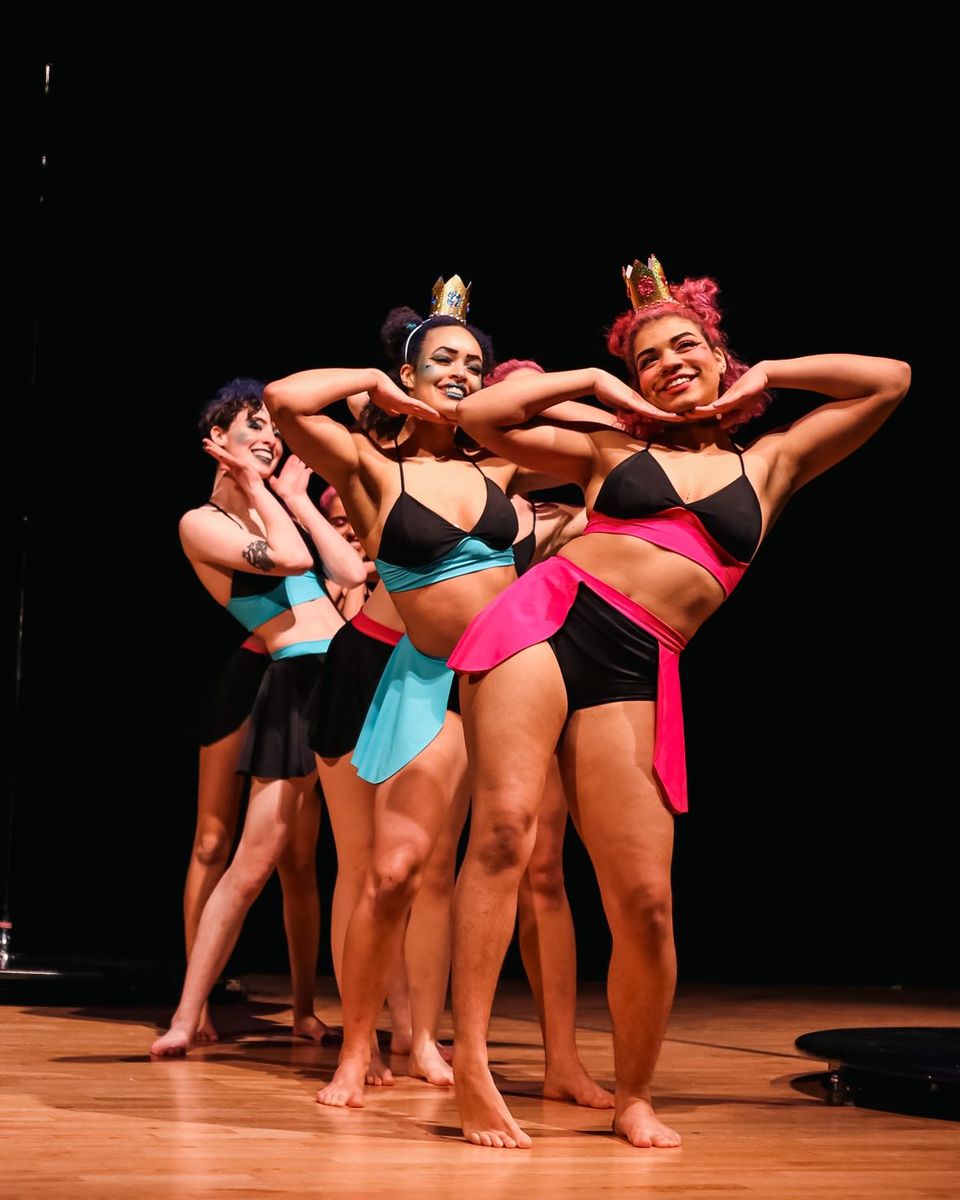
It is evident that the pole and aerial dance community has also been actively working to create a safe and inclusive space for all participants. Studios and competitions now emphasise consent, respect, and inclusivity as core values. The community promotes body diversity, and many performers of all genders and body types are breaking stereotypes and challenging societal beauty standards.
Ultimately, pole and aerial arts has undergone a significant transformation from their origins as forms of adult entertainment. They have emerged as empowering art forms that challenge the male gaze, embrace inclusivity, and provide a space for self-expression for people of all genders. The pole and aerial dance community continues to push the boundaries, redefine societal norms, and celebrate the diverse beauty and athleticism of all bodies.
Featured Image: Courtesy of Ellie Burton
How do you empower and celebrate yourself and your body?

